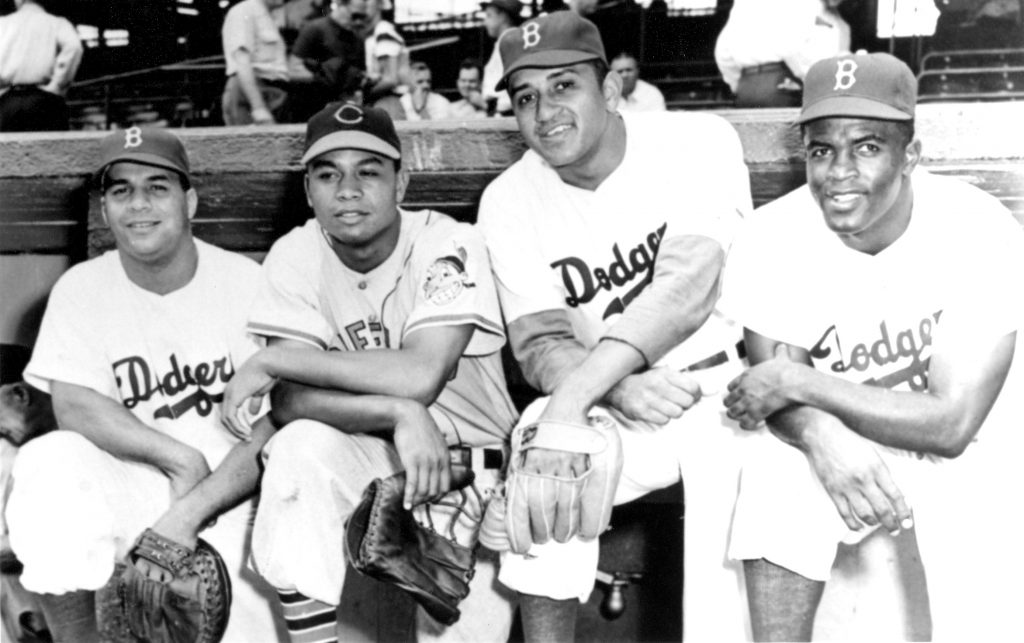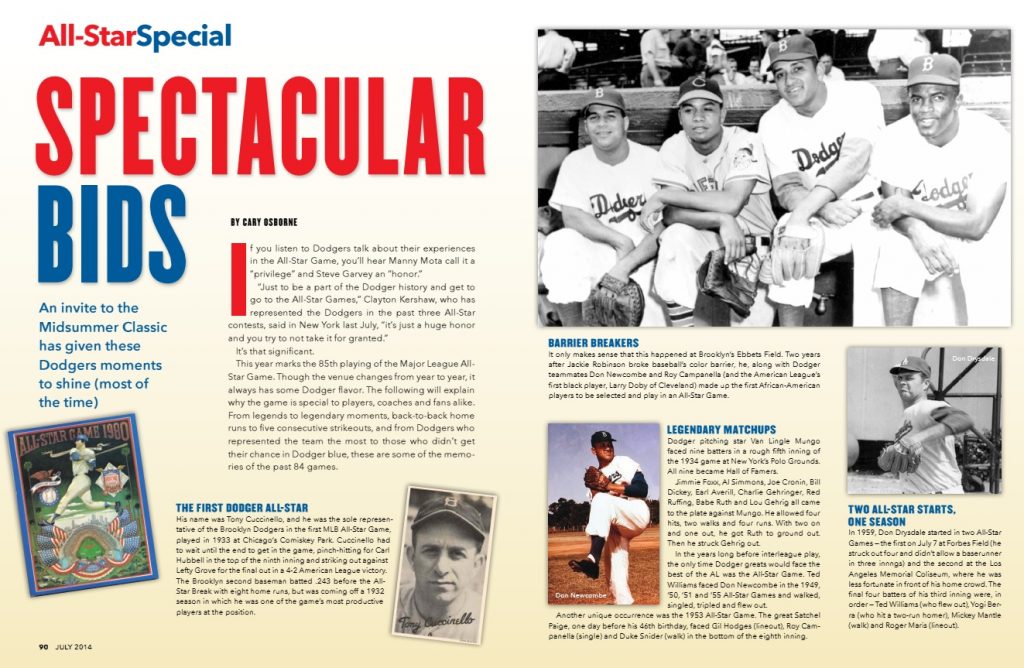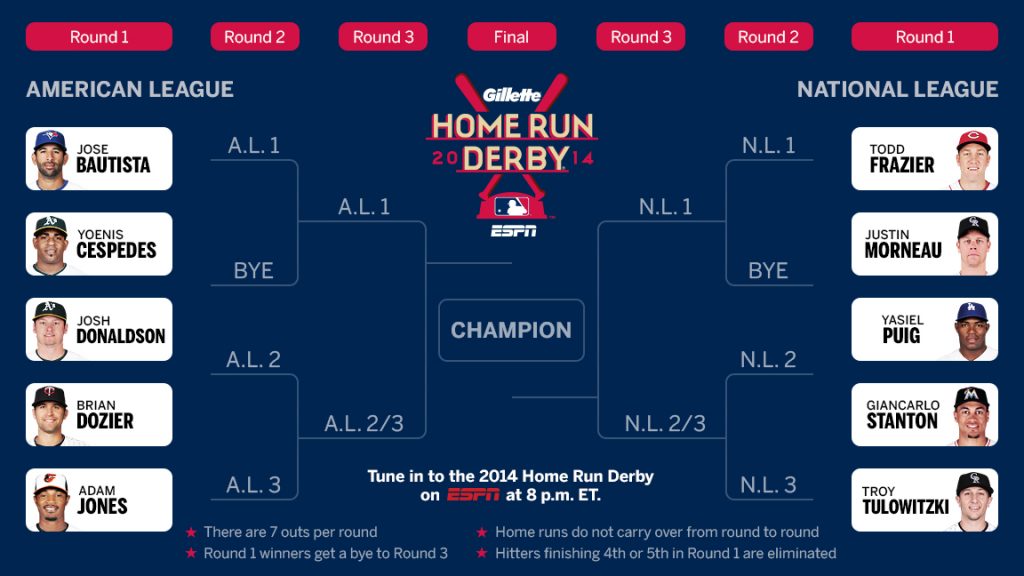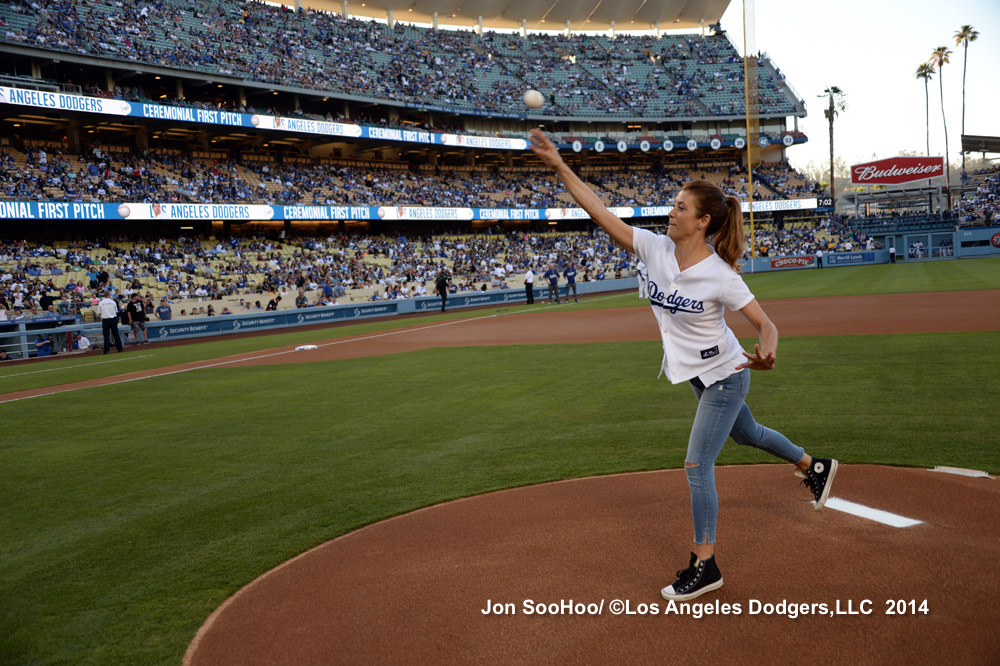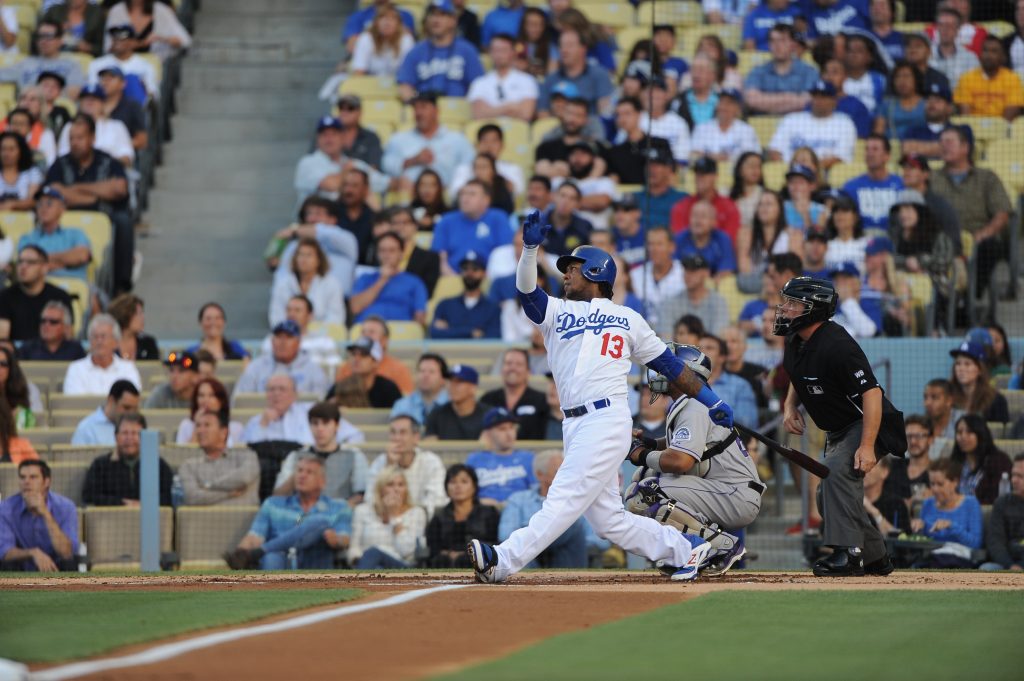
Hanley Ramirez had a .404 on-base percentage with runners in scoring position heading into the All-Star Break, despite a 1-for-9 mark with the bases loaded. (Jon SooHoo/Los Angeles Dodgers)
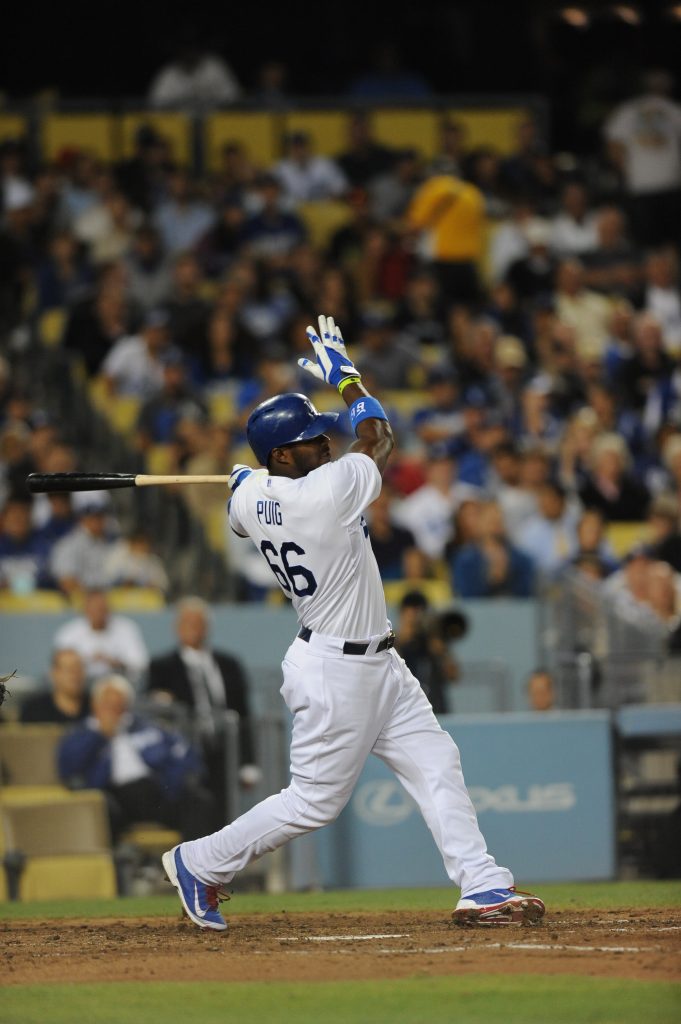
Yasiel Puig has a 1.013 OPS with runners in scoring position this year, but is 0 for 6 with the bases loaded. (Jon SooHoo/Los Angeles Dodgers)
By Jon Weisman
Ducks on the pond, stranded. It’s enough to make you quack up.
Short of the final out of a loss, there’s hardly a worse feeling in baseball for an offense than failing to cash in on scoring opportunities.
In fact, the sight of a team stranding runners in scoring position is so unbearable that everyone, from fans to the media, usually thinks of their team as a disappointment in clutch situations — even when that team is doing all that can be expected. It’s certainly no different if you’re following the Dodgers.
Heading into the All-Star Break, the Dodgers weren’t known as a clutch team — if anything, they were dogged by a rather bizarre pileup of failings in bases-loaded situations, in which they had gone 11 for 63 (.175) with as many hit-by-pitches (two) as walks.
Yet with runners in scoring position, the Dodgers had the highest on-base percentage (.354) in the Majors. By that measure, Los Angeles was home to the most clutch team in the baseball.
You could even argue that the Dodgers, like the prototypical when-the-chips-are-down hero, turned it up when the pressure was on, given that their offensive stats were better with runners in scoring position than with the bases empty.
But even here, one has to be careful with how to interpret these numbers.
Fluke city
The more you dive into analyzing specific situations, the more the statistics succumb to the frailties of small sample size.

